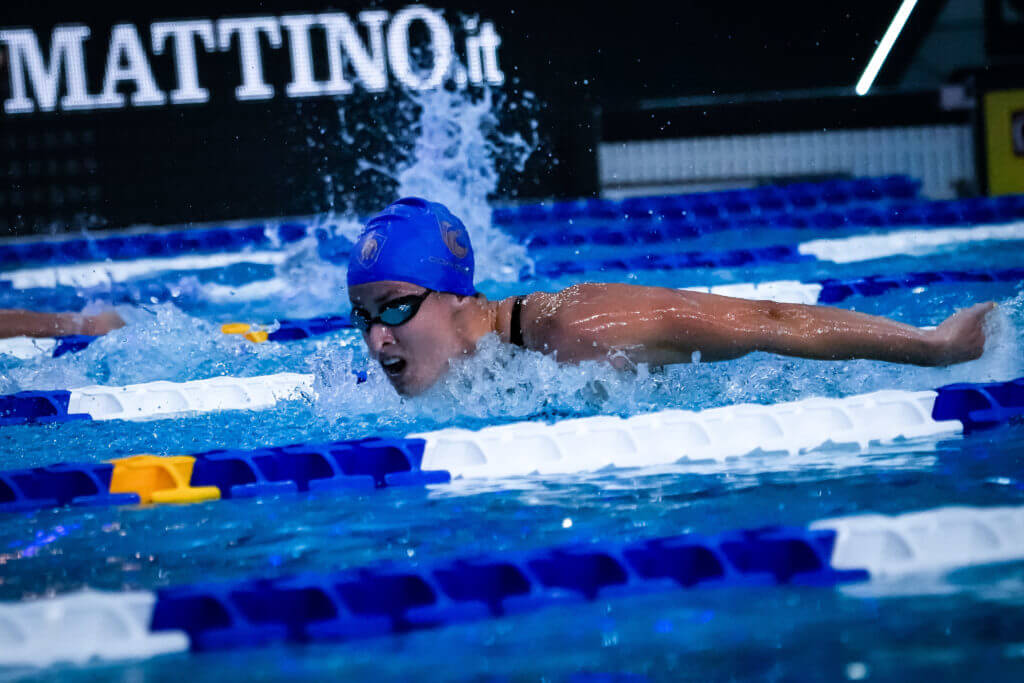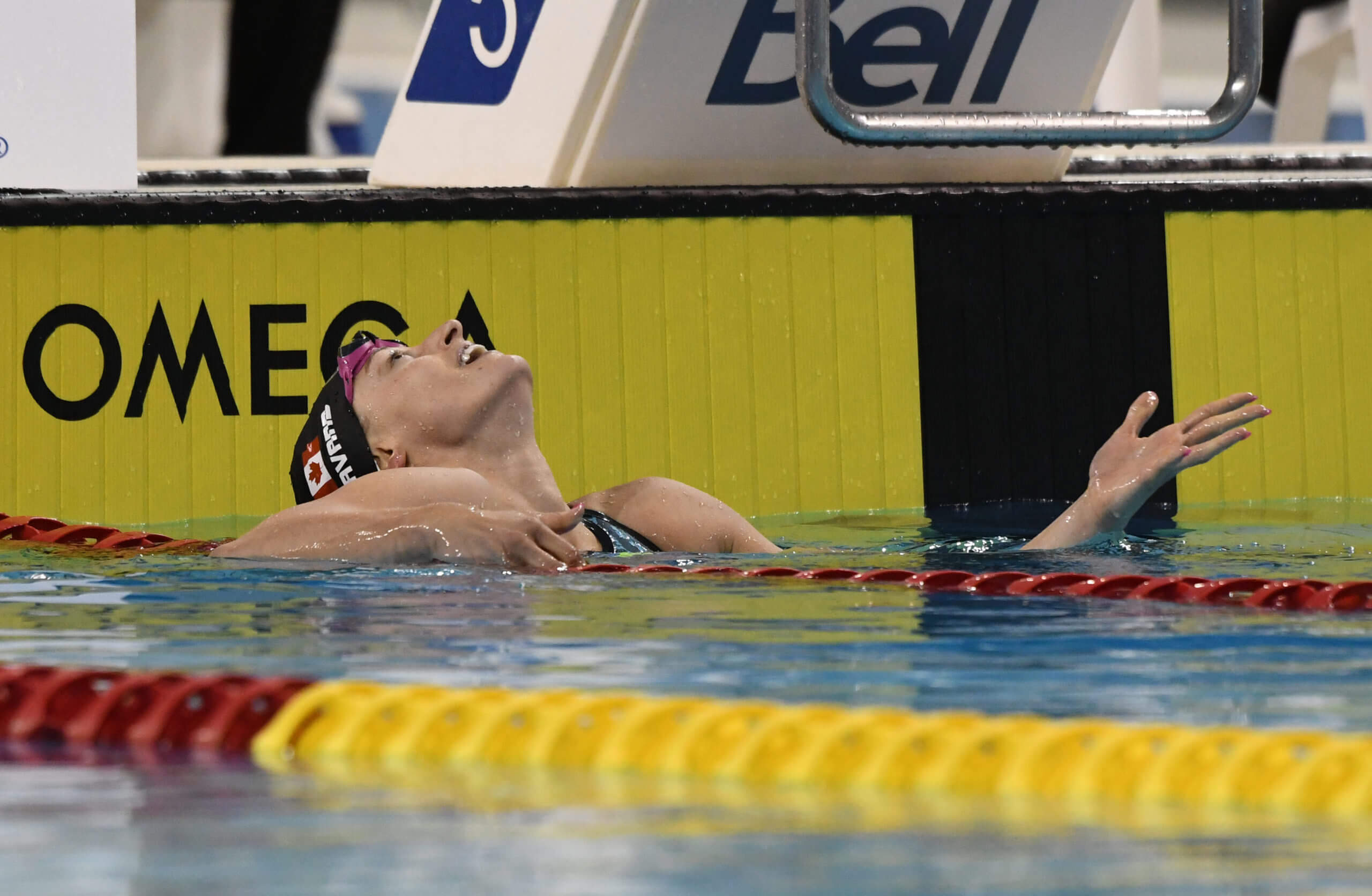ISL Experience Proves Katerine Savard Has More to Give at 28

ISL Experience Proves Katerine Savard Has More to Give at 28
Katerine Savard wasn’t sure if she’d see her times from the early 2010s ever again, not in her late 20s. So when she rolled back the years in the International Swimming League playoffs with the Cali Condors, she was surprised in the best kind of way.
But Savard’s 2021 was more than just a story of ISL success. What Savard achieved on either side of ISL showed impressive staying power for one of Canada’s veterans. In Savard, the Canadians have a bridge between eras, from the comparatively modest days before Rio to the current profusion of talent.

Katerine Savard; Photo Courtesy: Scott Grant/Swimming Canada
“That was really amazing,” Savard said of the ISL experience, in a Zoom conference before Short-Course Worlds in December. “I think I learned a lot about myself. I think I’ve learned to think differently how to swim my race, and I think even if I have all that background, I’ve still grown up in that experience. I’m really happy with my performances.
“I did my best times in 10 years, so I think I still have to learn things. I think I still have something in me.”
On paper, the one-year delay of the Tokyo Olympics may have impacted no one in the program quite as much as Savard. She would have been 27 when the Tokyo Games began as scheduled in 2020, the only active holdover from the 2012 Olympics, a Games in which no Canadian woman medaled. Already, she’d begun laying the groundwork for her post-swimming career as an actor, starring as a swimmer in the film “Nadia, Butterfly.”
To wait another 12 months, until age 28, might have seemed too much. But Savard has dispelled any such suspicion.
It began at Canadian Olympic trials, when she scored an Olympic A cut in the 100 butterfly in 57.86. She was even quicker at the Olympics to advance out of prelims at 57.51. That time is her fastest long-course result since Worlds in 2013 (57.31; she went 57.52 at Worlds in 2015). Savard was 11th in prelims and 16th overall in her only individual event in Tokyo. (On the progress front, she finished 16th in London in 2012 in 59.22.)
Savard’s emergence patched a potential weakness in the Canadian relay establishment, especially with Taylor Ruck’s struggles in freestyle (and for good reason, it would later be revealed). Savard was fourth at Canadian trials in the 200 free, cracking 1:58. She finished fourth in both the 50 and 100 free. Though she didn’t win a medal, as when she got bronze from the 800 free relay in Rio, the Canadians came close. The 800 free, in which Savard swam prelims, finished fourth in the final with a national record. Savard also swam on the mixed medley relay that didn’t escape prelims.
Again, it could’ve been easy to pull the chute at that point. Three Olympics and one medal, copious hardware from the panoply of international events (Pan Ams, Pan Pacs, Commonwealth, World University Games), voluminous interests outside of the pool – that’s quite a career. But Savard believed she had more left.
Hence the ISL participation, where she joined the defending champion Cali Condors and fit in seamlessly. Though the Condors didn’t defend their crown, they were one of the best squads in ISL, and the stroke depth on the women’s side that Savard augmented was a big reason why. She hit her apex in the Condors’ final playoff match, ISL Match 17. She went 1:54.60 in the 200 free, within a half-second of the time she posted at Short-Course Worlds in 2016. In the 200 fly, she buzzed within one tenth, at 2:05.64, of a time she set at Worlds …. in 2012.
At Short-Course Worlds in December, Savard claimed four relay medals, three gold and one silver. Two required starring roles – swimming third in the final of the 800 free relay that set an America’s record, anchoring the gold-medal tie in the 400 free relay. She was a big reason that Canada, even without Penny Oleksiak and Ruck, didn’t miss a beat in global competition.
Savard had convinced herself that she had more to give. And the performances have testified to that fact.
“Just training with the best in the world (in ISL), I’ve gained confidence about it that I can train with them, I can do the same times as them in training,” she said. “I think I’ve gained a lot of confidence, and I think it will help me for the next couple of months.”




